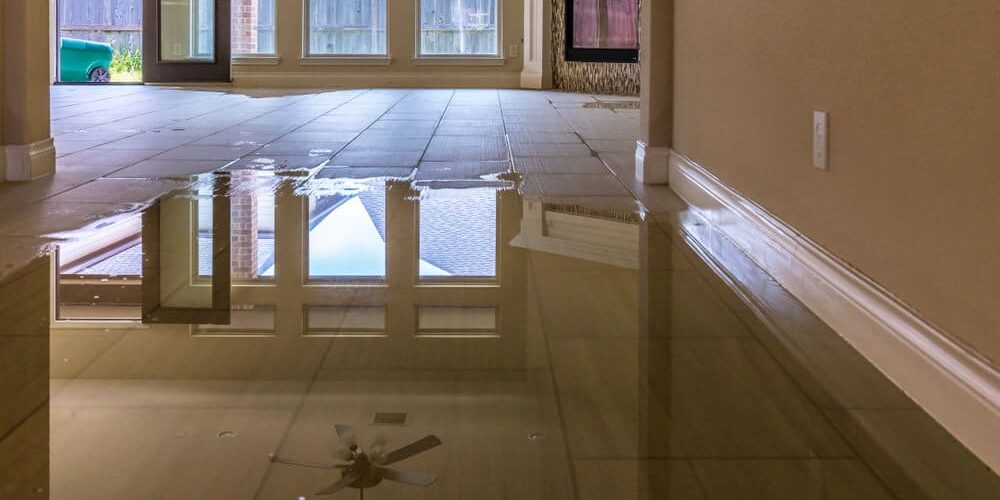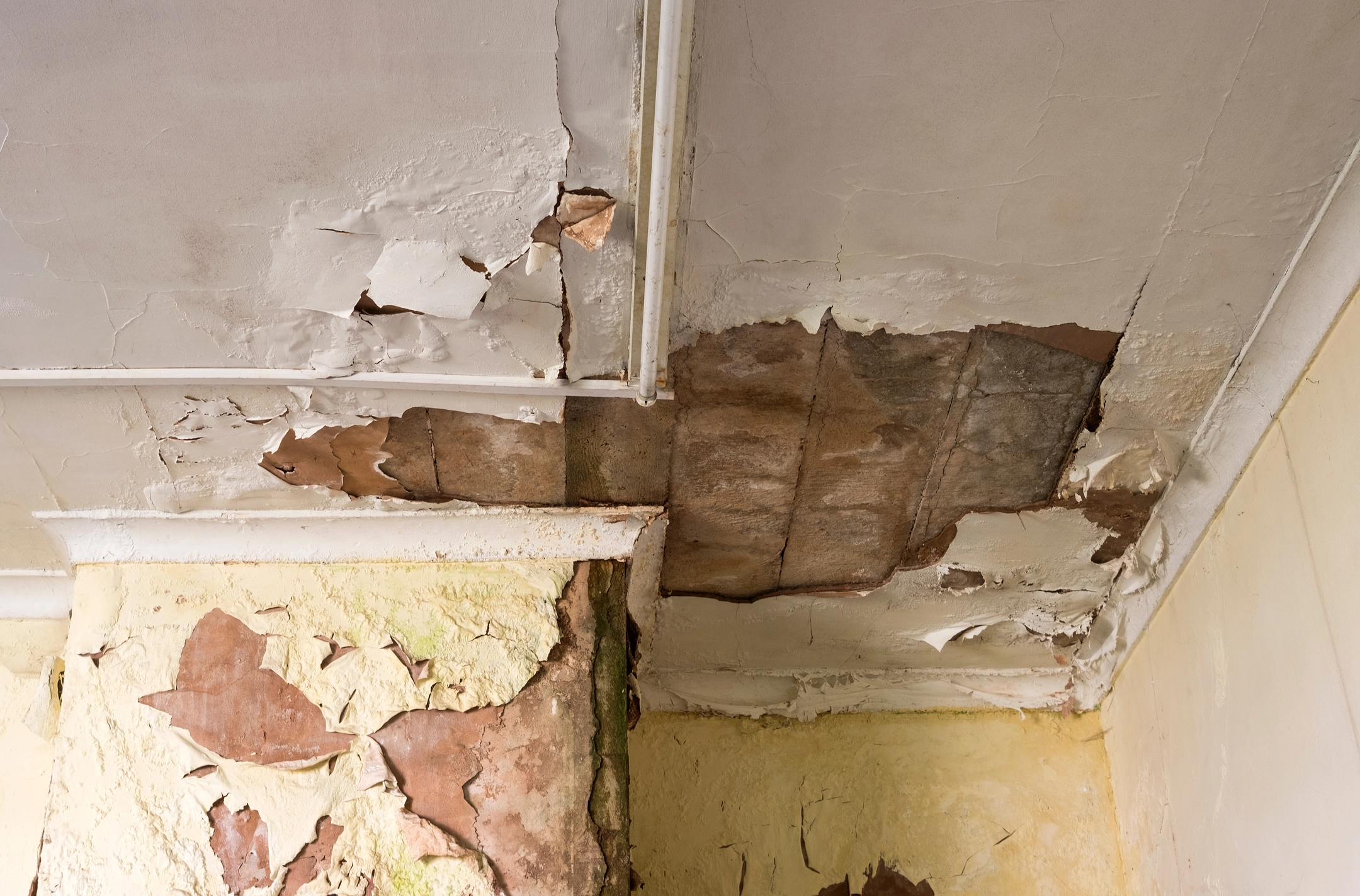Affordable Water Damage Repair Services for Every Homeowner in Need
The Process of Water Damages Cleanup: Ensuring Your Home Is Brought Back Efficiently
Water damage can be a challenging challenge for home owners, demanding a structured and precise cleaning procedure to restore safety and performance. A thorough evaluation is crucial to identify the level of the damages and identify the proper remediation procedures. Following this, effective water removal strategies play a crucial role in reducing more harm. The nuances of drying out, sterilizing, and ultimate remediation are just as vital and frequently forgotten. Comprehending these phases can make a considerable distinction in the result of your home's remediation, prompting a closer take a look at what each action involves.
Evaluating the Damages
Upon uncovering water damages, the very first step is to thoroughly examine the level of the impact. This initial examination is important, as it aids figure out the needed actions for reliable clean-up and reconstruction. Begin by inspecting the influenced locations, including wall surfaces, ceilings, floorings, and personal possessions, to determine the source of the water intrusion, whether from flooding, leakages, or condensation.
Recording the damages is essential for both insurance claims and planning restoration initiatives - damage restoration services. Usage pictures and composed notes to catch the severity of the damages, noting any afflicted architectural components and materials. Pay unique attention to locations that may not be instantly noticeable, such as behind walls and under carpets, as hidden moisture can bring about further problems, including mold growth
Furthermore, examine the timeline of the water direct exposure. The longer the products continue to be damp, the better the capacity for damage. Recognizing the duration of exposure will notify the urgency of remediation initiatives. Inevitably, a comprehensive analysis lays the foundation for a successful water damages cleanup procedure, making certain that all impacted locations are attended to efficiently and thoroughly.
Water Removal Strategies
.jpg)
Specialists generally utilize submersible pumps for bigger volumes of water, which can rapidly relieve flooding in basements or various other affected areas. For smaller amounts, wet/dry vacuums are frequently utilized to extract recurring dampness from rugs and hard surfaces. In addition, using mobile extractors permits targeted removal in restricted areas or areas with delicate materials.
In circumstances of polluted water, such as sewer or floodwater, progressed removal strategies may include making use of biohazard equipment to guarantee safety and security and conformity with wellness policies. High-powered extraction tools are vital in reducing water retention in architectural materials, which can bring about mold growth and architectural damage if not attended to quickly.
Eventually, the effectiveness of water extraction strategies plays a crucial duty in the general success of the water damage clean-up process, laying the groundwork for succeeding repair efforts.
Drying and Dehumidification
Once standing water has actually been successfully drawn out, the following essential stage in the water damages cleanup process is drying and dehumidification. This action is necessary to protect against more damage and mold growth, which can take place within 24 to 2 days in wet atmospheres.
To accomplish effective drying out, customized tools such as industrial-grade air moving companies and dehumidifiers is used. Air movers distribute air across wet surfaces, boosting evaporation rates, while dehumidifiers decrease humidity degrees in the air, promoting a favorable setting for drying. The mix of these tools makes certain that wetness click to read is drawn out from floorings, home furnishings, and wall surfaces, permitting them to dry extensively.
It is crucial to keep track of the drying process carefully. Experts commonly use moisture meters to evaluate the moisture web content in numerous products, ensuring that all affected areas reach acceptable dryness levels. This meticulous technique aids to prevent hidden dampness pockets that can bring about architectural damage or unhealthy mold growth.

Cleaning and Sterilizing
After the drying and dehumidification phase is full, the following vital step in water damage cleanup is cleansing and sterilizing the impacted areas. This process is important to avoid the development of mold, germs, and various other microorganisms that prosper in damp atmospheres.
The cleaning stage normally entails eliminating any debris, dust, and contaminants from surface areas using specialized cleansing representatives. For hard surface areas, a combination of soap and water or commercial cleaning items is frequently employed. Soft materials, such as furniture and carpets, might require much more substantial cleansing approaches, including vapor cleansing or deep extraction techniques, to ensure complete sanitation.

Sterilizing adheres to cleansing, utilizing EPA-approved anti-bacterials to remove dangerous microbes. This action is important, especially in areas that may have come right into contact with floodwaters or sewage, as these resources can position severe health and wellness risks.
Furthermore, it is very important to address any remaining odors, which might require the usage of smell neutralizers or advanced methods like ozone therapy. Correct cleaning and sanitizing not Visit Your URL only recover the security and hygiene of your home but additionally lay the groundwork for successful repair and repair work in subsequent stages of the water damages cleanup process.
Remediation and Fixings

Once the assessment is full, restoration check this site out initiatives can start. Furthermore, floor covering may require comparable interest, depending on the level of water direct exposure.
It is essential to engage experienced restoration professionals during this procedure, as they possess the expertise to take care of intricate repair services successfully. They can aid alleviate prospective future concerns, such as mold and mildew development or structural instability, thus ensuring a habitable and risk-free living setting. Eventually, effective repair and repair work recover the home's integrity and boost its overall worth.
Final Thought
In conclusion, the procedure of water damage clean-up is vital for restoring a home to its pre-damage problem. Each phase, from evaluating the damages to executing effective water extraction techniques, adhered to by complete drying, disinfecting, and essential fixings, plays a necessary function in making sure security and compliance with building criteria. Reliable implementation of these actions not just mitigates prompt damages but additionally boosts the long-lasting integrity and value of the residential property.
Water damages can be a difficult obstacle for home owners, necessitating a organized and precise cleaning process to bring back security and functionality. Inevitably, a comprehensive analysis lays the foundation for a successful water damages clean-up procedure, ensuring that all influenced areas are attended to effectively and extensively.
Effective water removal methods are important in mitigating damage and avoiding additional difficulties following a water invasion event.In verdict, the process of water damages cleaning is crucial for bring back a home to its pre-damage condition. Each phase, from assessing the damage to executing reliable water removal strategies, adhered to by thorough drying out, sanitizing, and required repairs, plays an essential function in guaranteeing safety and compliance with building criteria.